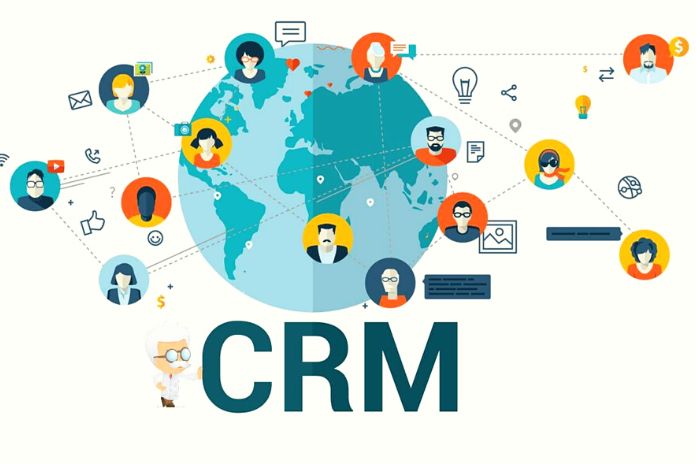The CRM landscape continues to evolve, and rightly so. Customer Relationship Management puts people first. If how they interact with other businesses changes, the technology to support those interactions must also change. At this stage of 2023, 4 undeniable trends can be distinguished.
Social CRM
You may have heard of it before, but the Age of the Customer has begun. Some CRM vendors even integrate a social control system into their applications. Still, others prefer a more straightforward approach and use social media contact information to enrich their data.
This Can Be Achieved In A Few Ways:
- Social monitoring tools are implemented to track all customer interactions using the CRM. The key here? It’s about listening to what your (potential) customers have to say about your business and your brand.
- Suppose one of your contacts changes their information on a social network integrated into the CRM or adds additional information not yet integrated into the CRM. In that case, you can add or update this information in a few clicks. This way, your database will stay up to date at all times.
What Is The Purpose Of All this?
The Integrated CRM
Efficiency has become a common term in marketing these days. But how can you be effective if your tools don’t see eye to eye? CRM vendors are starting to realize this more and more over the past couple of years, a trend that is likely to continue. Because that’s exactly what users expect from us, and rightly so.
It’s mostly about data exchange and integration. Plugins, accounting software, email clients, marketing automation tools, statistics and analytics, cloud platforms, synchronizable calendars, and much more: the list of integrations that make your life easier grows weekly. The result is always a big win: less copying and pasting, impressive time saving, and little extra work.
Mobile CRM
Chaining employees to their chairs and desktop computers is becoming an increasingly obsolete practice for any competitive and innovative company. It is, therefore, logical that traditional CRM applications lose their share of the market. A mobile CRM that is always available allows you to keep your customer information at your fingertips anytime, anywhere.
Because New Work is not a fad, especially for sales teams focused on achieving goals, the readability of CRM applications is considerably improved on small screens. Additionally, mobile CRMs are catching up in terms of clarity, speed, ease of use, and functionality. This includes many cool mobile apps like worksheets and time tracking.
The Easy-To-Use CRM
And finally, users expect maximum usability. This point is linked to the democratization of CRM, which is no longer just the playground of IT professionals or multinational companies. More and more SMEs, which need more time and resources to invest heavily in extensive (and costly) training, are transitioning into CRM territory. Complex and difficult-to-understand software will no longer suffice.
Companies looking for a CRM tool should take note of this fact and expect nothing less than an intuitive interface. Every user should be able to perform tasks like creating new contacts, quotes, and invoices or adding steps to a project in no time – without needing to consult an instruction manual. If you’re a CRM vendor that doesn’t meet these requirements, this year probably wouldn’t be yours.
Read Also: Top 8 Project Management Apps For iPad

